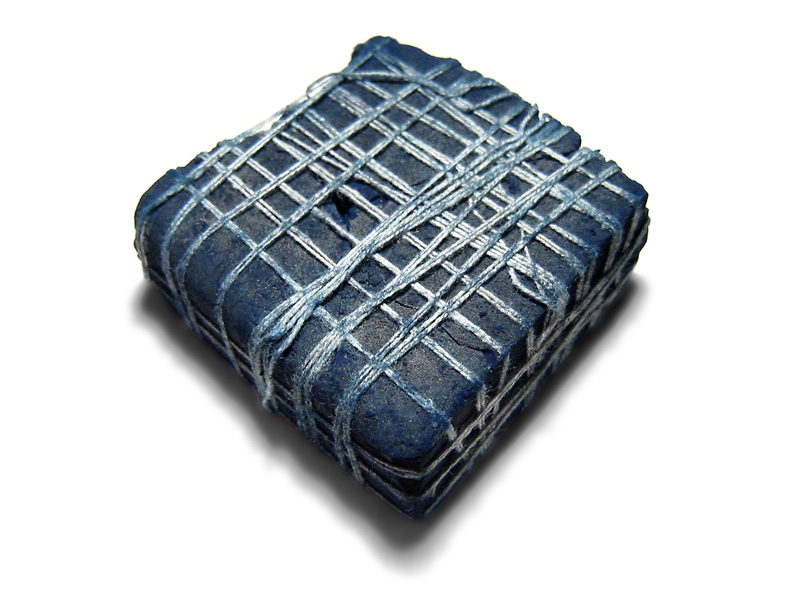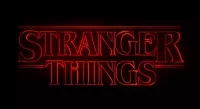Dairy Queen (DQ) is an American multinational fast food restaurant chain established in 1940. Headquartered in Bloomington, Minnesota, the first DQ was opened on June 22, 1940, in Joliet, Illinois, by Sherb Noble. Dairy Queen is known for its diverse menu featuring hot food, fried items, and its signature frozen dairy desserts. The offerings can vary by location, ensuring a degree of regional uniqueness.
Mentioned in this timeline
California is a U S state on the Pacific Coast...

Warren Buffett is a highly successful American investor and philanthropist...

Ice cream is a frozen dessert primarily composed of milk...
Pennsylvania is a U S state located in the Mid-Atlantic...
Arizona is a landlocked state in the Southwestern U S...

Berkshire Hathaway is an American multinational conglomerate holding company led...
Trending

42 minutes ago Jeff Bridges' movie with terrible ending, Western comedy streaming free and charity work.

42 minutes ago Ryan Gosling's Star Wars: Starfighter avoids Skywalker Saga themes with new composer and changes.

43 minutes ago Connor Bedard scores bar-down goal, showcasing amazing release for the Blackhawks.

43 minutes ago Herbstreit Pleads for Big Non-Conference Games as Alabama Adjusts Future Football Schedule

43 minutes ago IndiGo's flight chaos: Staff shortage causes cancellations, airline seeks pilot rule relief.
44 minutes ago Tigers Pursue Kyle Finnegan in Free Agency: Mutual Interest and Potential Deal
Popular
Aftyn Alyssa Behn is an American politician currently serving as...
Matt and Ross Duffer known as the Duffer Brothers are...

Lane Kiffin is an American football coach currently serving as...

XXXTentacion born Jahseh Dwayne Ricardo Onfroy was a controversial yet...

William Franklin Graham III commonly known as Franklin Graham is...

Stranger Things created by the Duffer Brothers is a popular...